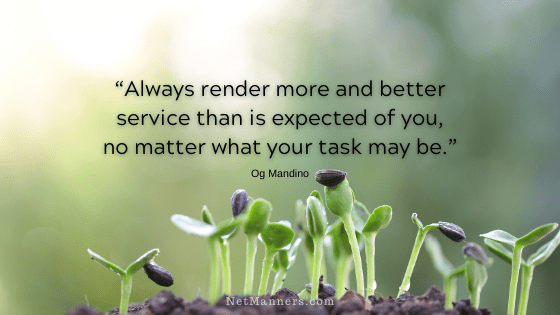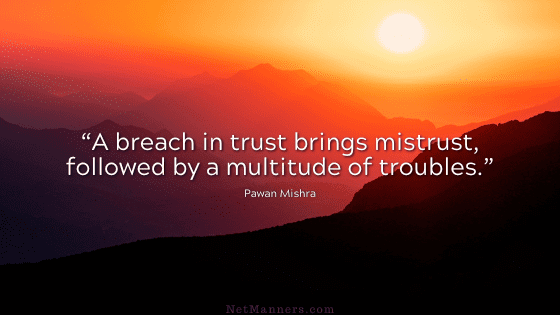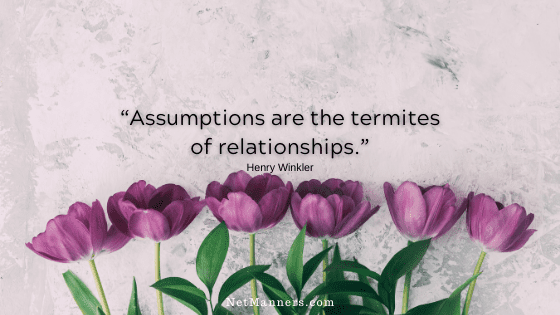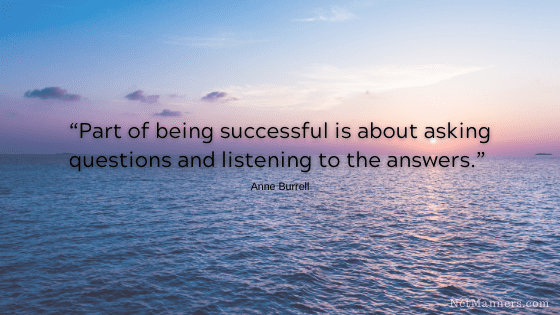7 Tips to Get Your Emails Read
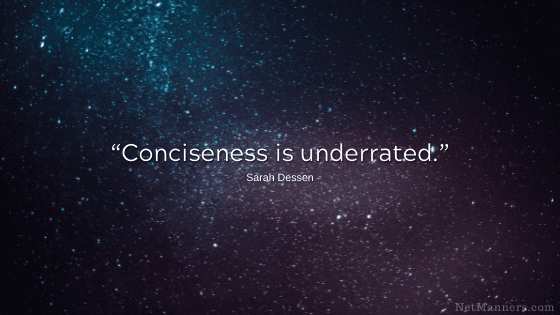
Email is not the venue for a manifesto. Instead, concise messaging and structure, which many folks need to work on, are crucial to getting your emails read.
Email is part of our lives, both personally and in business communications. Because of that, it is even more important to learn how to communicate succinctly. This includes structuring your emails to make them easy to read.
Lengthy emails with lots of text, especially those without paragraph breaks every several sentences, don’t get read. Instead, they get scanned — if that.
What if the recipient is not interested or inclined to dive in? How you structure your email can make all the difference in the world.
I’ve even caught myself scanning instead of reading when pressed for time. Haven’t you?
Put Bullet Points to Work
Bullet points are your friend. Visually they don’t look like too much to tackle. We can surmise that an email will be easily read with a quick scan. That then leads to encouraging that the entire email gets read.
Subconsciously the recipient thinks they can absorb your points in little tidbits. So they are more likely to read your email in its entirety.
Emails Should Not be Manifestos
Email is Not Meant for ALL Communications
Better yet, if you find you are long-winded — pick up the phone. You know the topics and conversations that are best talked about instead of putting them into writing.
At the very least, stop and think of the best approach to make sure the other side reads, reviews, and absorbs your information. Especially if you would like them to reply about the topic at hand.
Forget about all the blah, blah, blah you feel you need to get across and pair your emails down to only clear and concise points. Then tell the other side what you would like them to do next in your closing. That’s how you increase the odds that you get the response you desire.


